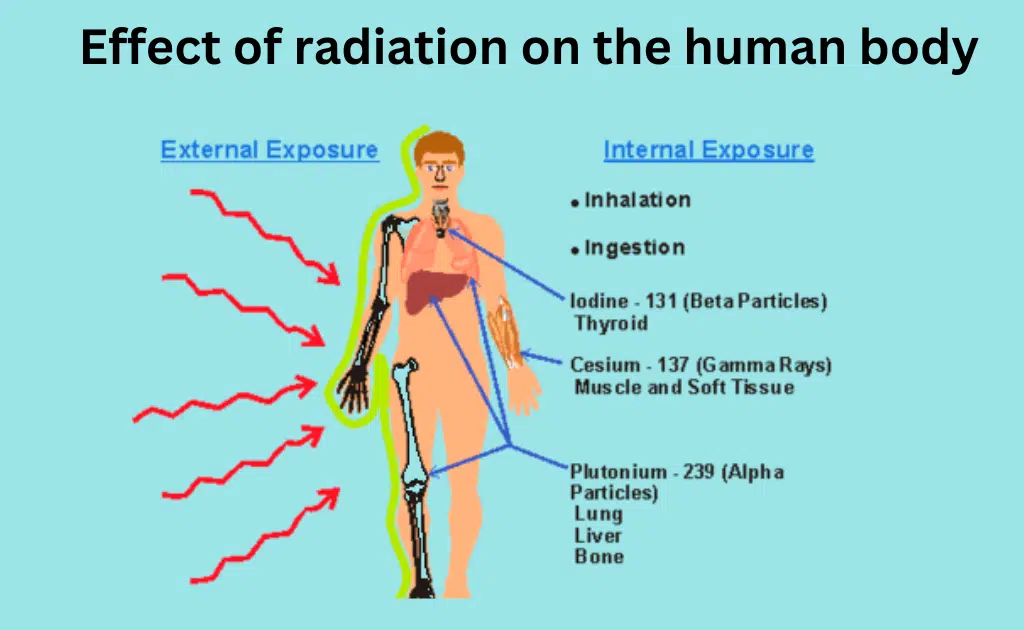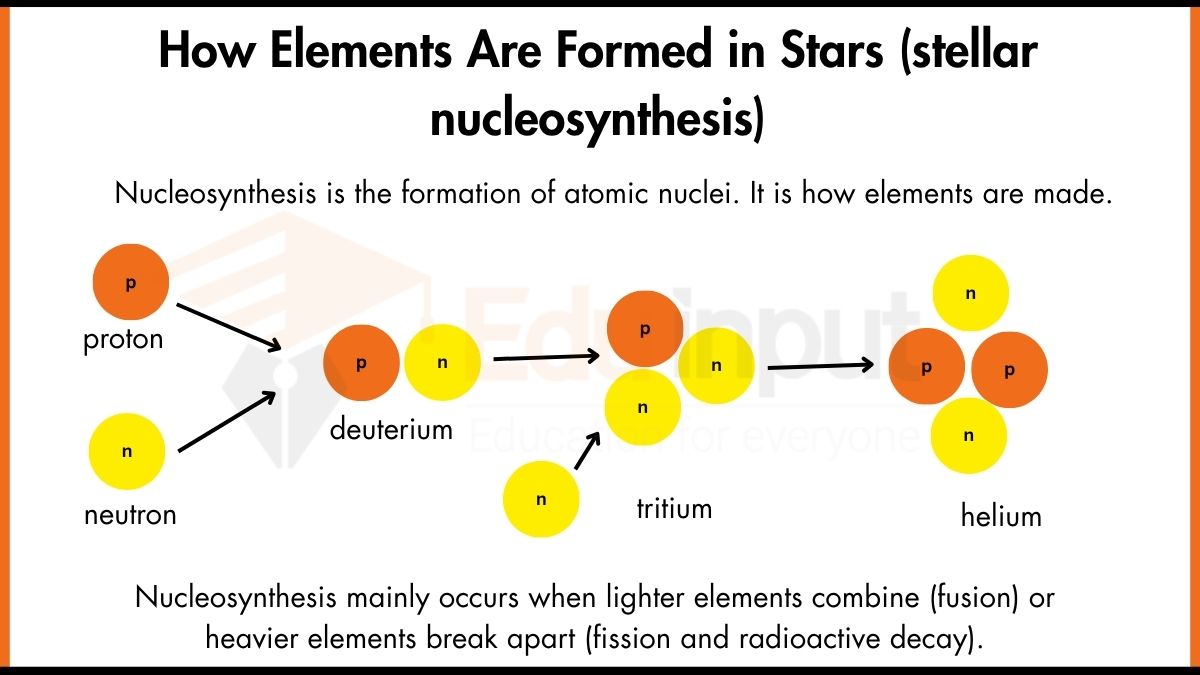What is Binding Energy?-Definition, Types, And Applications
Binding energy is the amount of energy released when two atoms combine together. When two atoms bind together, they lose some of their electrons and gain others.
What is Binding Energy?
Binding Energy is a term used to describe how much energy is stored in the nucleus of an atom. In order for an atom to have any kind of nuclear reaction, it must first undergo fission (break apart) or fusion (combine). Fission requires more binding energy than fusion does, therefore, the atomic nuclei of atoms that undergo fission have greater amounts of binding energy than those that fuse together.
In order for an atom to undergo fission, it must have enough binding energy to overcome the Coulomb force between the positively charged protons and negatively charged electrons. The larger the mass defect, the greater the amount of binding energy that must be added to the nucleus before it can break apart.
In order for two nuclei to fuse together, they must have sufficient binding energy to overcome the strong repulsive forces between their positively charged protons and neutrons. The stronger this attraction becomes, the higher the binding energy required to fuse them together.
Binding energy types
There are several types of binding energy
- Electron Binding Energy
- Atomic Binding Energy
- Nuclear Binding Energy
- Gravitational binding energy
Electron binding energy
Electron Binding Energy (EBE) is the amount of energy required to remove an electron from its parent atom. Electrons are bound to their atoms due to the positive charge they carry. When electrons are removed from their atoms, the atoms become positively charged. In order to neutralize the positive charge, the electrons need to be bound to something else. The higher the EBE, the stronger the bond between the two objects.
Atomic Binding Energy
The atoms are broken down into free electrons and a nucleus with the help of atomic binding energy. It’s the sum of the ionization energies of all the electrons that are in the atom. The atomic binding energy is derived from the interaction between the electrons with the nucleus.
Nuclear Binding Energy
Nuclear binding energy is the amount of energy required to break a nucleus into its components. Nuclear binding energy is the equivalent of the mass defect, the difference between the mass number of a nucleus and its measured mass.
Gravitational binding energy
The minimum energy that must be added to a system in order for it to stop being in a bound state is called the gravitational binding energy. This is what keeps the system aggregated in accordance with the minimum total potential when the system is completely bound.
Mass Defect
Depending on the number of isolated components, the nuclear binding energy holds a significant difference between the nucleus’s actual mass and its expected mass. The following equation shows that energy and mass are related.
E=mc2
Where c is the speed of light. The binding energy in nuclei is so high that it holds a large amount of mass. When the nucleus is created, energy is ejected from the mass and the mass is less than the sum of the individual mass of the protons and neutrons.
This energy consists of mass which is ejected from the original components and called a mass defect. This mass is missing in the final nucleus, and it describes the energy liberated when the nucleus is made.
Binding Energy Applications
The use of binding energy is used to determine whether fusion or fission will be favorable. Since the nuclear binding energy rises with the increase in mass, the fusion releases energy for elements that are lighter than iron 56. Lighter elements have higher binding energy than heavier elements, so they release more energy on fission. According to the nuclear binding energy curve, there exists a peak at iron-56.







Leave a Reply